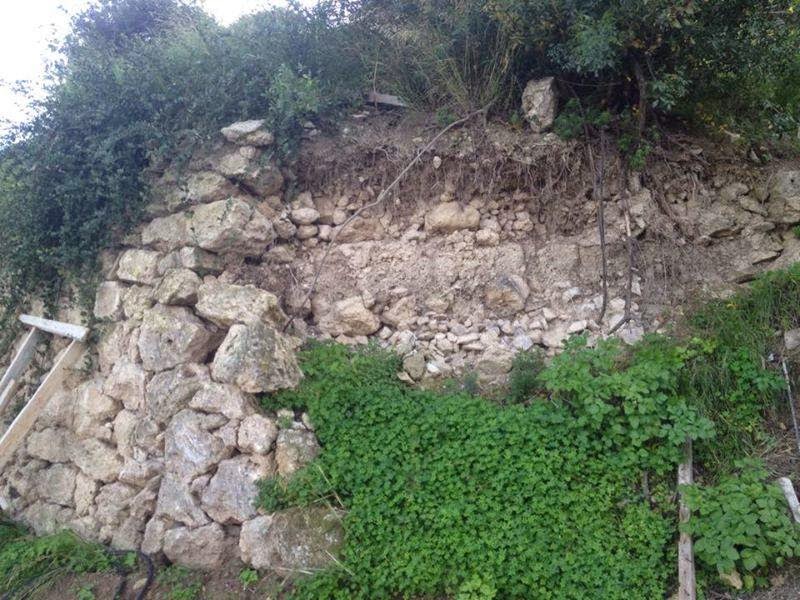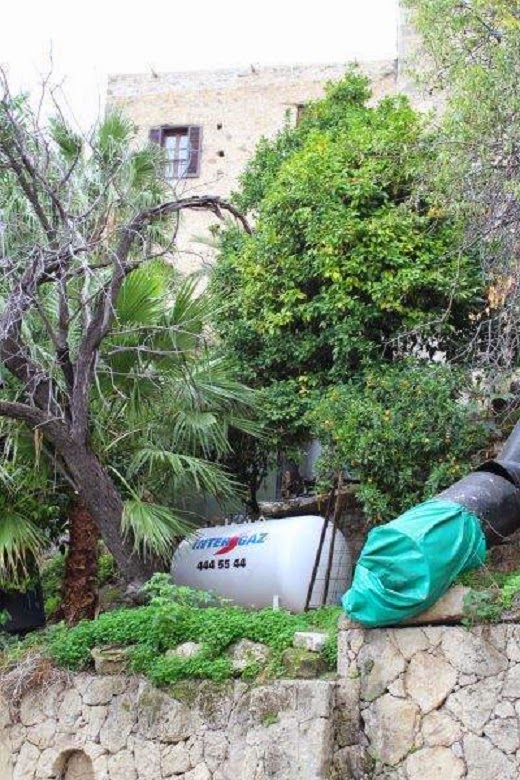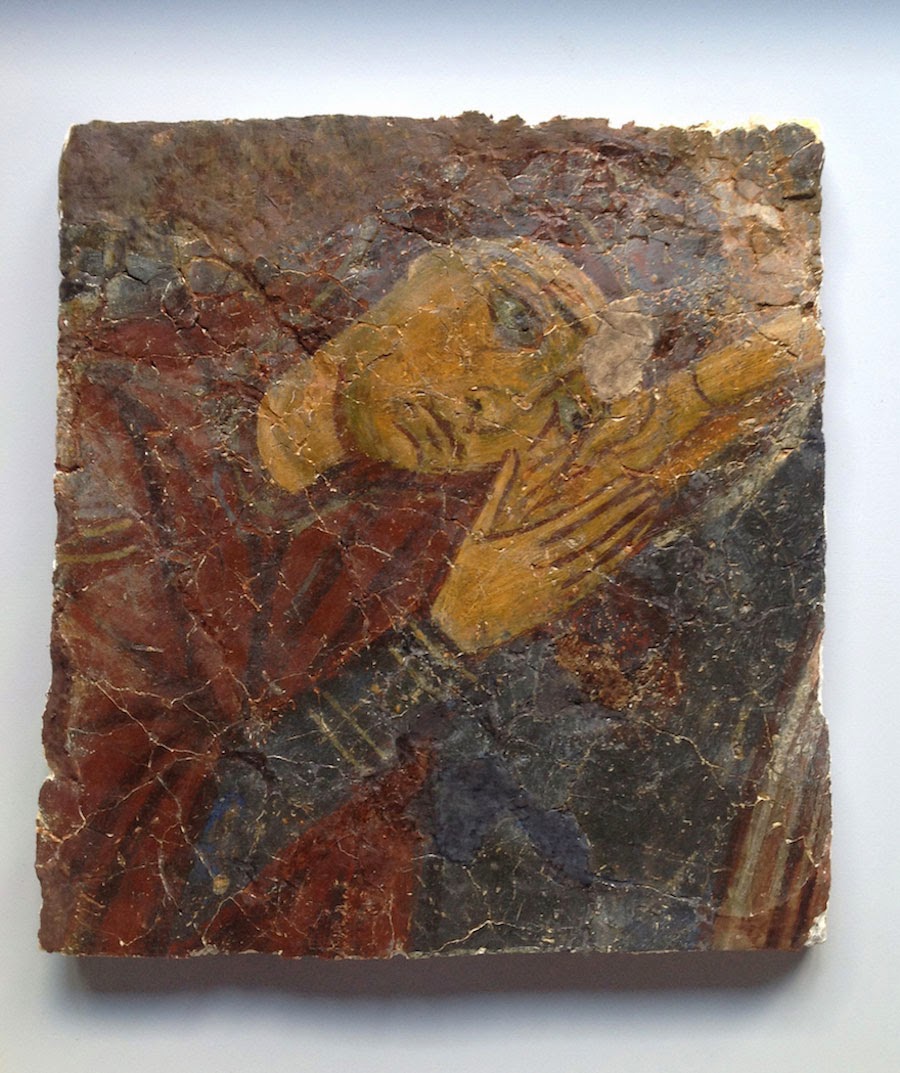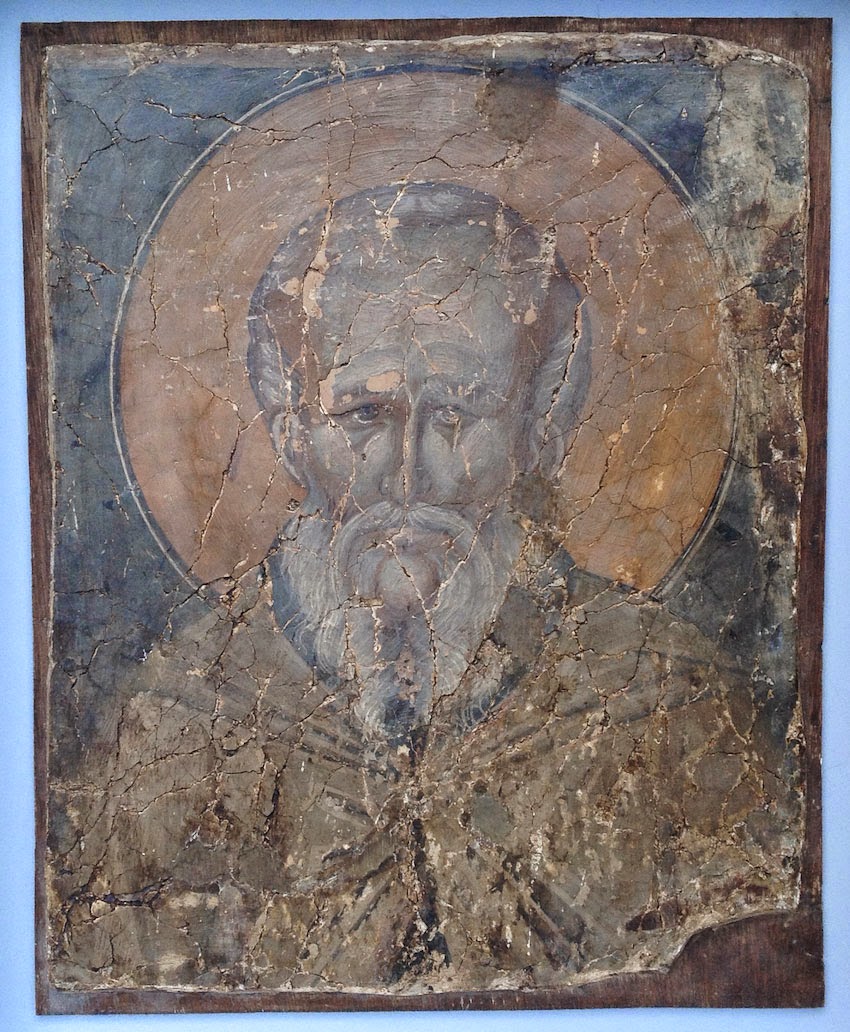SO sorry for the late posting. Blogger is usually good about scheduling posted things, but... Well. Le sigh.
Anyway, I'm so happy to welcome Marissa Meyer to the blog today! I absolutely loved Cinder (click for my review) and I'm absolutely thrilled to have Marissa here today sharing with us more of the History of the Lunars!
-------------
It’s true that Cinder, my debut novel, is a take on the classic “Cinderella” story. And there are a lot of elements of the story that have survived—a girl oppressed by her stepmother, a fancy ball, a handsome prince.
But I also took a lot of creative license with the tale: Cinder is set in the far future, my main character is a cyborg, and there’s a deadly plague sweeping the planet.
And then there are the Lunars—an evolved society of humans that live on the moon and have powers of mind-control and manipulation.
Although the Lunars and their evil queen have existed in the story since its earliest draft, it took me awhile to figure out just who they were, how they came to live on the moon, and how they developed these creepy mind-control powers. But as I know many readers will be curious (just as I was curious!) about them, here is my abridged history of Luna.
------
Centuries prior to the start of Cinder, the moon was colonized by a small group of researchers from many different countries in order to further space research and exploration. After about sixty years of existing as a jumbled colony of numerous Earthen countries and cultures, the colony was recognized as its own nation: Luna, a republic.
The first true Lunar was a man named Cyprus Blackburn. As a child, his DNA was damaged by the prolonged exposure to ionizing radiation from cosmic rays. This DNA damage developed into what is known as the Lunar gene, a mutation that enabled him to output and control bioelectricity in order to implant thoughts into other people’s heads. (Note: This is plausible in theory and some government agencies are even suspect of experimenting with bioelectricity for the purpose of brainwashing.)
Blackburn was able to use his unique gift to convince the people of Luna to elect him as leader and it wasn't long before he turned the republic into a monarchy. This is about the time that distrust began to spring up between the hitherto allied Earth and Luna, as Earthens grew suspicious of the ease with which Blackburn was able to change the country’s political structure.
For a few generations, the royal bloodline was the only bloodline that included the Lunar gene, but due to Luna’s miniscule population, the royal family’s notorious promiscuity and an abundance of illegitimate children, and the oppression of those without the gift, the Lunar gene became more common with each generation and eventually became dominant within the society.
Despite the growing mind-control powers of the lower classes, there persisted a common belief that Lunars would lose their gift if a person of royal bloodline wasn't on the throne. This superstition was encouraged by the royal family and royal scientists even proved its validity in multiple government-funded studies. Of course, any scientist who suggested otherwise was promptly executed.
Then, due to a process called hormesis, another genetic mutation began to develop within society as well: a mutation that resulted in one’s inability to output or receive electromagnetic stimulation from others. Lunars born with this mutation were called “shells,” a derogative term referring to how they were “empty” of the gift. As shells cannot be brainwashed or controlled, they became a target of abuse and hatred.
In the 108th year of the third era, a shell managed to infiltrate a royal party and murder the king and queen—leaving their two daughters, Channary and Levana, the only recognized descendents of the royal bloodline. As her first act as the new queen, Channary enacted the shell infanticide laws stating that any Lunars born as shells were to be promptly disposed of in order to protect the sanctity of their society. Three years later, Channary died.
And thus began the rule of Queen Levana, and the start of our tale…
------
I hope this brief history of Lunars brings some elements of my futuristic world into focus, and that readers will enjoy discovering more about their world and culture as The Lunar Chronicles progresses.
Thanks so much for being a part of the blog tour, Ashley, and for letting me share some of my behind-the-scenes information!
Thank you Marissa! So very much! This is so fascinating!! I cannot wait for the rest of the series!!:)





























